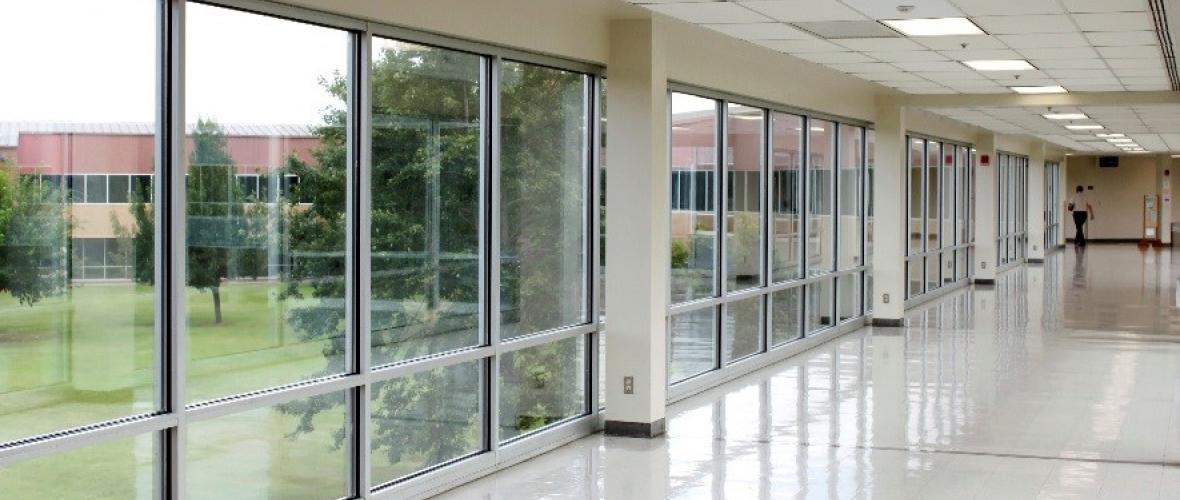
The California Lighting Technology Center, in collaboration with the California Energy Commission, conducted research to refine and deploy technology strategies that integrate and optimize automated controls for heating, ventilating and air conditioning, electric lighting, and dynamic fenestration (window and door) systems. Project objectives were:
1. Refine and publish an integrated building control system specification for commercial applications including necessary hardware and software components.
2. Evaluate the system under controlled laboratory conditions to ensure readiness for real-world deployment.
3. Install and evaluate the system in an existing building to validate performance and adjust as needed to ensure the system was commercial-ready.
4. Document expected system costs, energy use, nonenergy benefits, and other relevant elements when installed in prototype commercial buildings.
Field deployment and evaluation results from the project verified the system design, procurement, installation, and commissioning under real-world conditions for the new technology at scale. The project showed that the integrated building control system technology can reduce heating, ventilation, and air conditioning, lighting, and shading loads by 10 to 40 percent compared to typical baseline systems, depending on building application, size, location, geometry, and climate zone. Additionally, integrating basic heating, ventilation and air conditioning, and lighting systems using occupancy-based control is relatively inexpensive and expected to result in simple payback periods of fewer than three years.
The project team worked closely with multiple fenestration and lighting control manufacturers to refine their products for inclusion in the project. After the demonstration in this EPIC project, these new products are commercially available and ready for use in current integrated building control systems by system designers, installers, and integrators. Outcomes from this project provide the groundwork for additional research that, if successful, could support the adoption of more aggressive energy standards related to integrated building control systems.
The final report is also available on the California Energy Commission's website here.
